Our book is clearly the best thing since sliced bread (some say it’s even better!):
Scrum 101: the most frequently asked questions about Agile with Scrum
by David Lowe, Jim Wyllie and Jiten Vara
Subject(s): Scrum, Agile, roles, artefacts, events, estimation, forecasting.
Scrum 101 provides answers to the most frequently asked questions about Agile with Scrum. It is based on real questions from real people in real talks, groups and workshops. Also available for Kindle.
The Innovation Revelation: A story about how to satisfy customer needs
by David Lowe
Subject(s): Agile, service design.
A real-world guide to taking a customer-focused approach to creating products and services that people actually want and are happy to pay for. An introduction to human-centred design, service design, agile and Scrum. Also available for Kindle.
But there are other books that we recommend, such as:
Coaching Agile Teams: A Companion for ScrumMasters, Agile Coaches, and Project Managers in Transition
by Lyssa Adkins
Subject(s): Coaching, Agile, Scrum, project management
My review: A fantastic book that is relevant for ScrumMasters and those wanting to enter into coaching, as well as long-time coaches. Also available for Kindle.
Kanban: Successful Evolutionary Change for Your Technology Business
by David Anderson
Subject(s): Kanban
My review: A seminal text on Kanban. If you are thinking of using Kanban, this is a must have book. By the end of the book you’ll have a great understanding of the basics ideas surrounding Kanban and how to get stuck in.
Personal Kanban: Mapping Work / Navigating Life
by Jim Benson and Tonianne DeMaria Barry
Subject(s): Kanban
My review: Another seminal text on Kanban. If you are thinking of using Kanban, this is a must have book. Clear explanations on flow, prioritisation and WIP.
Kanban from the Inside: Understand the Kanban Method, connect it to what you already know, introduce it with impact
by Mike Burrows
Subject(s): Kanban
My review: An essential book for anyone intending on using Kanban. While Anderson’s “Blue Book” teaches the theory of the Kanban Method, this shows us how to apply it in real life. It’s split into three parts, the book starts by aligning 9 values to the method, to illustrate why you should be interested in Kanban. Part 2 summarises various influential methods such as the Theory of Constraints, Toyota Production System, lean, agile, Scrum. Finally, in part 3, Burrows brings it all together to explain how to implement Kanban.
Influence: The Psychology of Persuasion
by Robert B. Cialdini
Subject(s): Psychology.
My review: A real page turner that looks into why we make the decisions that we do and how we can prevent people taking advantage of us falling into their traps.
Agile Estimating and Planning
by Mike Cohn
Subject(s): Scrum, estimation, planning.
My review: If you’re thinking of implementing agile, then this is the most common starting point. Cohn has worked for Fortune 500 companies, small startups, and everything in between, in many environments. He is a Certified Scrum Trainer from Colorado and author of Mountain Goat Software.com. Also available for Kindle.
Succeeding with Agile: Software Development Using Scrum
by Mike Cohn
Subject(s): Scrum.
My review: Focusing on the details of Scrum, Cohn uses his vast knowledge to explain basic concepts and tricks-of-the-trade. Another essential book for anyone using Scrum. Also available for Kindle.
Agile Coaching
by Rachel Davies and Liz Sedley
Subject(s): Coaching, Agile.
My review: Davies has a really approachable style with a gentler approach to coaching – using her wide experience from working with many companies.
Waltzing with Bears: Managing Risk on Software Projects
by Tom DeMarco and Timothy Lister
Subject(s): Project management, risk.
My review: this is not an agile or lean book, but is essential for any project. How do you decide whether something is worth doing if you do not consider the risks and value? Although this book explains some very helpful methods, it does so without going into complicated maths. Also available for Kindle.
Agile Retrospectives: Making Good Teams Great
by Esther Derby and Diana Larsen
Subject(s): Scrum events, retrospectives.
My review: Retrospectives are easy to run, but difficult to run well. This book gives some great ideas (although some are wacky) of how to brighten up your retrospectives. Say goodbye to happy/sad/mad. Also available for Kindle.
Grit: Why passion and resilience are the secrets to success
by Angela Duckworth
Subject(s): Coaching, psychology.
My review: Finally! A book that tells us how hard work and determination are more important than natural talent.
Improv-ing Agile Teams: Using Constraints To Unlock Creativity
by Paul Goddard
Subject(s): Coaching.
My review: The book is structured into 5 logical sections, has excellent concise summaries, followed by a digestible number of games (along with a smattering of general coaching pointers along the way). Not all of the games are my style, but that’s a sign that the book is catering for different preferences. Definitely recommended reading for any Scrum Masters / Delivery Managers and coaches.
The Goal
by Eli Goldratt
Subject(s): Lean, systems thinking.
My review: A novel about a manufacturing plant and how they discover the benefits of Kanban. Concepts such as the Theory of Constraints and Drum-Buffer-Rope all explained within a fabulously easy-read. Also available for Kindle and now as illustrated version.
Gamestorming: A Playbook for Innovators, Rulebreakers, and Changemakers
by Dave Gray, Sunni Brown and James Macanufo
Subject(s): Events.
My review: A really useful book with loads of great ideas for how to run retros: including warm-ups to run before retros and warm-downs too. I always say that retros are one of the easiest ceremonies to run, but one of the hardest to run well. This book will help you achieve the latter. Also available for Kindle.
How to Measure Anything: Finding the Value of Intangibles in Business
by Douglas Hubbard
Subject(s): Estimation, forecasting.
My review: An amazing book that will not only encourage you to improve your ability to estimate, but will also help you understand why and what you are estimating, as well as understanding risk. Can’t recommend it enough.
Thinking, Fast and Slow
by Daniel Kahneman
Subject(s): Psychology.
My review: Not the easiest of books to read, but a contemporary classic that pulls together a wide array of research and thinking. It’s well worth the effort and will forever more change the way you look at how your mind works.
KCo-Active Coaching: Changing Business, Transforming Lives
by Henry Kimsey-House, Karen Kimsey-House, Phillip Sandahl and Laura Whitworth
Subject(s): Coaching.
My review: A useful introduction to coaching.
Time to Think: Listening to Ignite the Human Mind
by Nancy Kline
Subject(s): Coaching.
My review: This had a huge impact on my coaching approach and many others I know … although not everyone is a fan of Nancy’s approach. It appears to be simple, but is nuanced.
Sprint: How To Solve Big Problems and Test New Ideas in Just Five Days
by Jake Knapp, John Zeratsky and Braden Kowitz
Subject(s): Service design, innovation
My review: A brilliant guide to running a week-long design sprint. Takes you through each day with step-by-step instructions.
Scrum and XP from the Trenches
by Henrik Kniberg
Subject(s): Scrum.
My review: One of the first books I ever read (as a PDF when it was first written) and still one of my favourites. Kniberg tells us how HE used Scrum and XP with a client in Stockholm. Probably the most approachable Scrum book I’ve ever read!
How to Think Like a Scientist: Answering Questions by the Scientific Method
by Stephen P. Kramer
Subject(s): Lean startup, planning, roadmapping.
My review: This book might have been written for children, but it does an excellent job at explaining the scientific method for anyone. Kramer runs through the five stages by giving a clear example, repeats the process again, raises further topics of investigation, then ends asking you for your opinion. True class. For more information, see our blog post on the scientific method.
The Five Dysfunctions of a Team: A Leadership Fable
by Patrick Lencioni
Subject(s): Coaching.
My review: Very easy to read as 80% of the book is told as a story (similar to The Goal and The Phoenix Project). This isn’t an agile or lean book, but is applicable to any industry and any business. Want to get ideas about how to improve your team? Then check out this book. Also available for Kindle.
Software Estimation: Demystifying the Black Art
by Steve McConnell
Subject(s): Estimation, planning.
My review: Along with Hubbard’s ‘How to Measure Anything’, this is one of our favourite books on alternative approaches. It has a fantastic section on calibration .
Drive: The Surprising Truth About What Motivates Us
by Dan Pink
Subject(s): Coaching, psychology, team dynamics.
My review: Pink draws from decades of research into motivation to show us that what people now require to succeed is autonomy, mastery, and purpose. It’s an amazing book that will change your outlook on what makes people tick. It’s also a really easy read.
The Lean Startup: How Constant Innovation Creates Radically Successful Businesses
by Eric Ries
Subject(s): Lean, startup.
My review: This has become a seminal text for startups and for those wanting to copy their approach.
Predicting the Unpredictable: Pragmatic Approaches to Estimating Product Schedule or Cost
by Johanna Rothman
Subject(s): Estimation, forecasting.
My review: A beautiful summary of a variety of estimation and forecasting techniques.
The Signal and the Noise: The Art and Science of Prediction
by Nate Silver
Subject(s): Estimation, forecasting.
My review: A real page-turner. Silver takes us on a journey of discovery looking at various failed and successful predictions in history. These include financial markets, baseball, weather forecasting, earthquakes, diseases, gambling on basketball, IBM’s Deep Blue grandmaster-beating chess program, poker, the stock market, climate change and global terrorism.
This is Service Design Thinking.: Basics – Tools – Cases
by Marc Stickdorn
Subject(s): Service design, user-centred design.
My review: A great book broken down into three sections: an overview of what service design is, a collection of tools, some case studies.
Nudge: Improving Decisions About Health, Wealth and Happiness
by Richard Thaler and Cass Sunstein
Subject(s): Product design, user-centred design.
My review: Fascinating book that investigates the philosophical questions around influencing people. For more info, see our blog post on the book.
Actionable Agile Metrics for Predictability
by Dan Vacanti
Subject(s): Estimation, forecasting, Kanban.
My review: A thorough description of how and why to use and create Cumulative Flow Diagrams, scatterplots, histograms.
The Coach’s Casebook: Mastering The Twelve Traits That Trap Us
by Geoff Watts and Kim Morgan
Subject(s): Coaching.
My review: This is a thoroughly engaging book and one which I urge any scrum master, deliver manager or coach to read. You can read our full review in our blog post from November 2015.
The Machine That Changed the World: How Lean Production Revolutionized the Global Car Wars
by James Womack, Daniel Jones and Daniel Roos
Subject(s): Lean, kanban.
My review: A fascinating book about the Toyota Production System and foundation of lean in the manufacturing industry – from bespoke production through to Ford’s mass-production to the Japanese introduction of Lean to the West. Also available for Kindle.
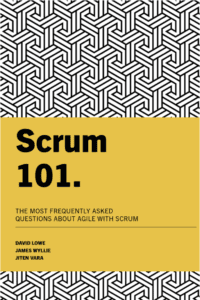

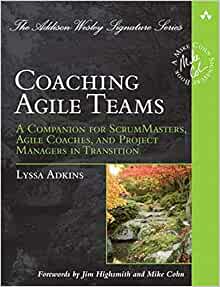
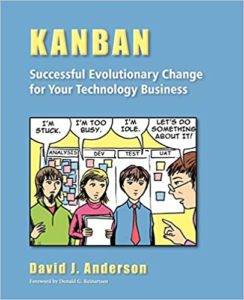
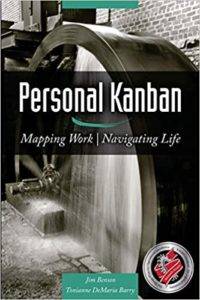
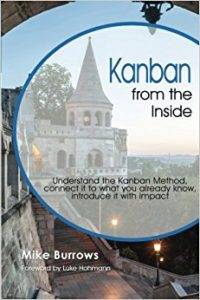
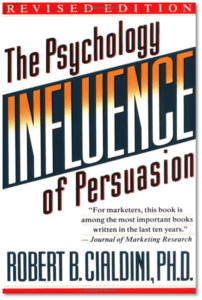
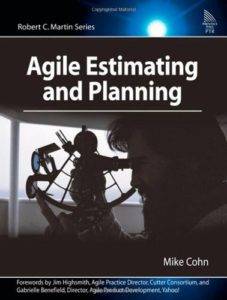
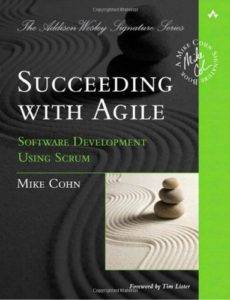
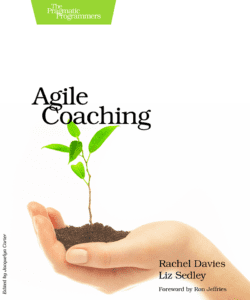
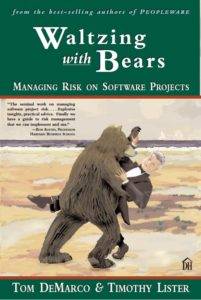
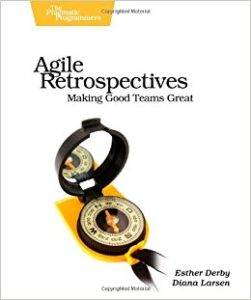
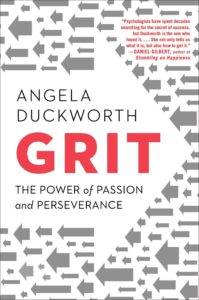
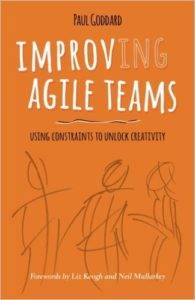
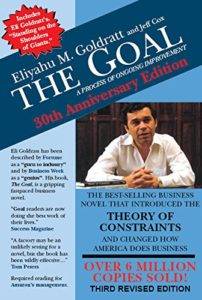
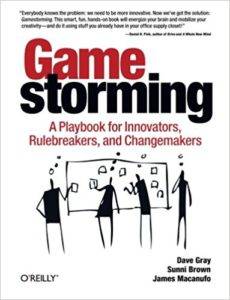
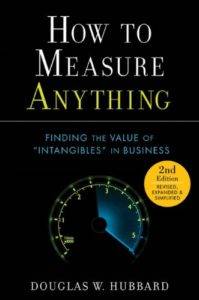
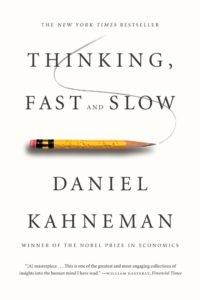
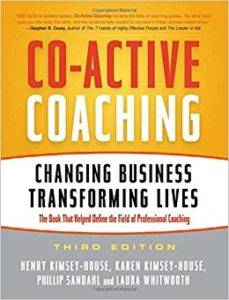
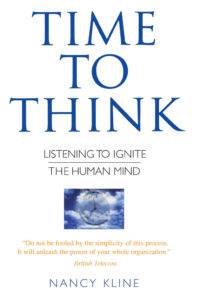
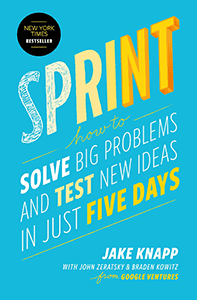
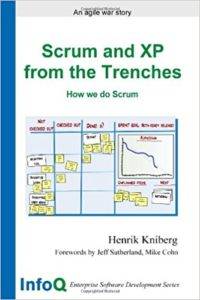
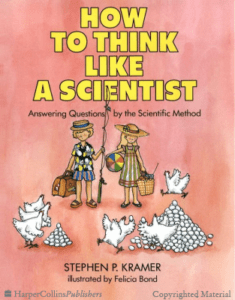
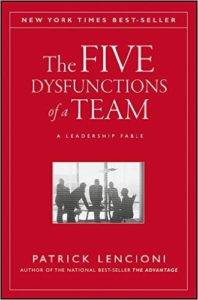
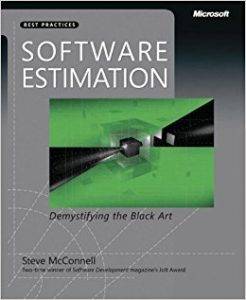
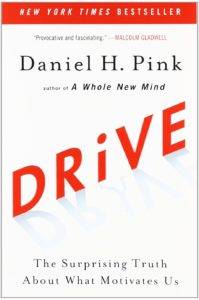
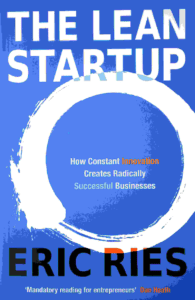
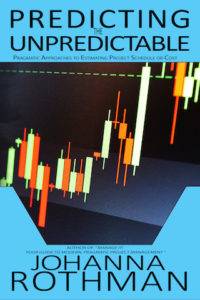
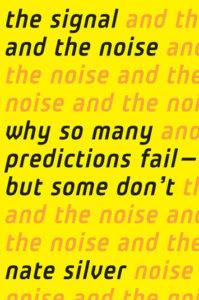
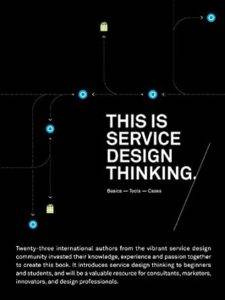
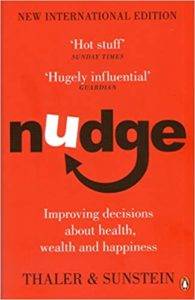
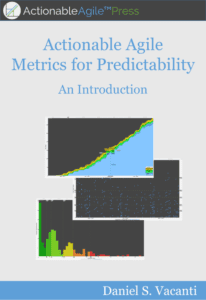
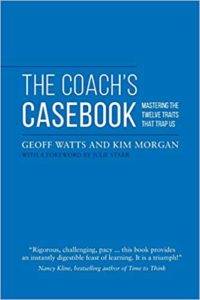
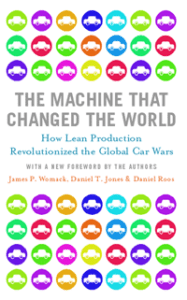
Pingback: Is it ever okay to fully load a system? | Scrum & Kanban
Pingback: Advice for newbies | Scrum & Kanban
Comments are closed.